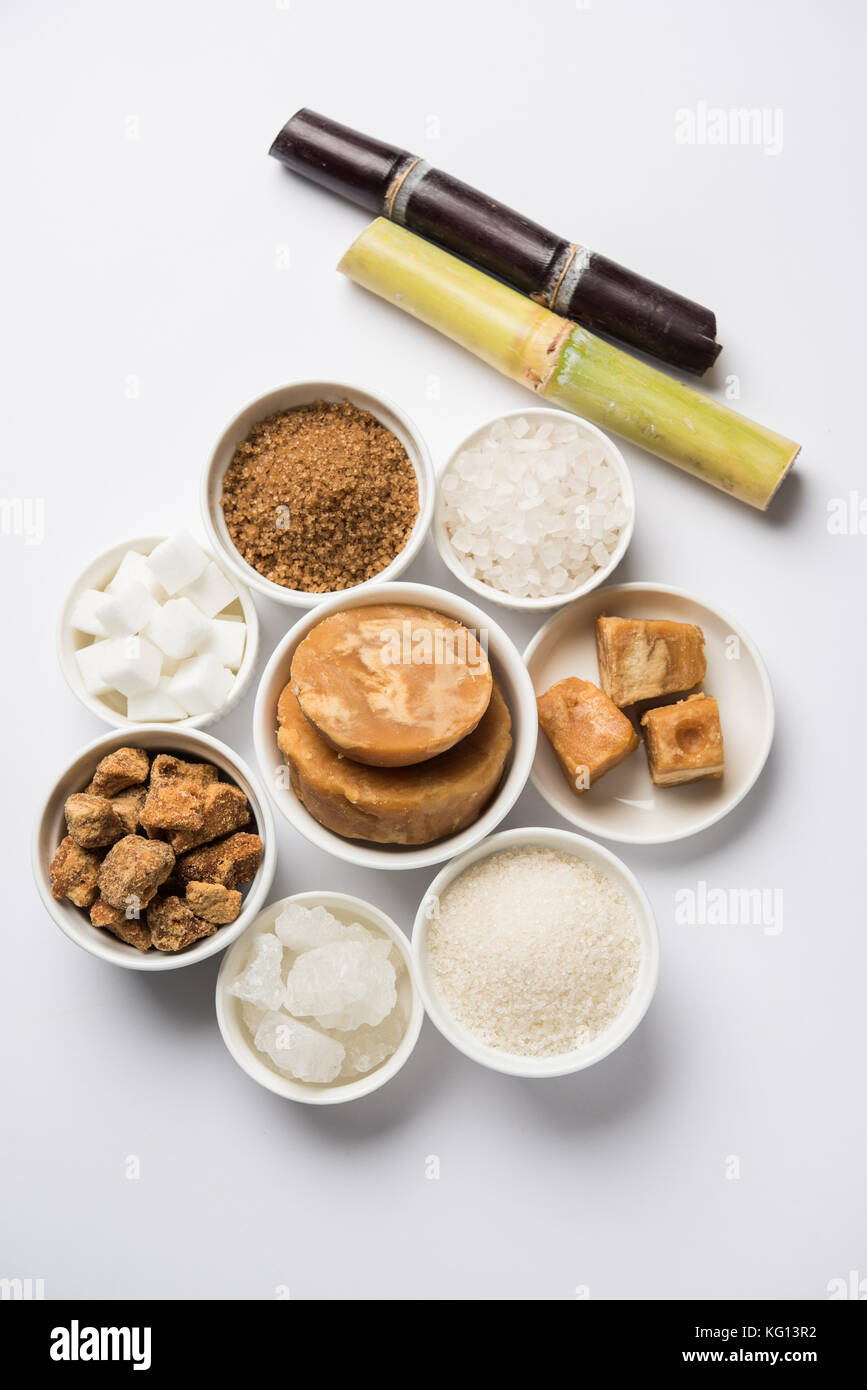How to Pick the Best Sugarcane Product for Your Needs
How to Pick the Best Sugarcane Product for Your Needs
Blog Article
The Journey of Sugarcane: From Harvest to Everyday Products
The trip of sugarcane is a diverse process that starts with precise farming and culminates in a variety of items that permeate our day-to-day lives. As we explore the numerous aspects of sugarcane's trip, its function in sustainability and the more comprehensive ramifications for our environment come right into sharper focus.
Farming of Sugarcane
The growing of sugarcane is a critical farming process that needs specific ecological problems and administration techniques. Optimal growth takes place in subtropical and exotic areas where temperatures vary in between 20 ° C and 32 ° C. Adequate rainfall or watering is important, as sugarcane grows in moist soil with well-drained problems (sugarcane product). Soil high quality dramatically affects yield; therefore, farmers usually conduct dirt examinations to identify nutrient demands
This approach promotes reliable collecting and maximizes sunlight direct exposure. Plant turning and intercropping are advised methods to improve soil fertility and decrease insect infestations.
Prompt application of these fertilizers can dramatically enhance sugar yields. Generally, successful sugarcane farming hinges on a mix of environmental stewardship, strategic preparation, and ongoing monitoring practices.
Collecting Techniques
Effective sugarcane cultivation finishes in the harvesting stage, which is pivotal for making best use of yield and making certain high quality. The timing of the harvest is crucial; sugarcane is normally harvested when sucrose levels optimal, typically in between 10 to 18 months after planting. This period differs based upon climate, dirt kind, and sugarcane variety.
Gathering strategies can be extensively categorized right into guidebook and mechanical methods. Hand-operated harvesting is labor-intensive, counting on proficient employees who utilize machetes to reduce the stalks short. This method permits discerning harvesting, where just the ripest canes are selected, consequently boosting overall sugar content.
Conversely, mechanical harvesting has obtained popularity because of its performance and cost-effectiveness. Specialized farmers furnished with cutting blades and conveyor systems can process big locations rapidly, considerably lowering labor costs. Nonetheless, this approach might bring about the addition of premature canes and a potential reduction in sugar high quality.

No matter the approach employed, ensuring that gathered walking sticks are transferred swiftly to processing facilities is crucial. Prompt taking care of decreases spoilage and protects the honesty of the sugarcane, establishing the phase for optimum processing.
Handling Approaches
Handling sugarcane includes numerous vital actions that change the collected stalks right into functional products, mostly sugar and molasses. The initial stage is cleaning the walking cane to get rid of dirt and particles, complied with by the extraction of juice via squashing or milling. This procedure commonly uses heavy rollers that break the cane fibers to launch the sweet fluid contained within.
Once the juice is extracted, it undertakes clarification, where impurities such as soil particles and bagasse are gotten rid of. This is usually achieved by adding lime and warming the juice, permitting sedimentation. The clarified juice is after that focused through dissipation, where water web content is reduced, causing a thick syrup.

Eventually, the processing of sugarcane not only produces sugar and molasses however additionally lays the foundation for different derivatives, which will be discovered in subsequent discussions.
Products Derived From Sugarcane
Sugarcane is a functional plant that generates a broad array of products past simply sugar and molasses. Among the key spin-offs are ethanol and biofuels, which have actually obtained importance as renewable resource sources. Ethanol, generated through the fermentation of sugarcane juice, functions as a different to nonrenewable fuel sources and is typically blended with gasoline to produce cleaner-burning fuels, decreasing greenhouse gas emissions.
In addition, sugarcane is a considerable resource of bagasse, the coarse deposit staying after juice extraction. Bagasse is utilized in various applications, consisting of the manufacturing of paper, eco-friendly packaging, and as check it out a biomass gas for power generation. Its usage not just minimizes waste however additionally improves the sustainability of sugarcane handling.
In addition, sugarcane-derived products reach the food sector, where it works as an all-natural flavoring representative and sugar in various cooking applications. In the realm of cosmetics, sugarcane removes are incorporated right into skin care items as a result of their all-natural exfoliating buildings.
Ecological Influence and Sustainability
The farming and processing of sugarcane have considerable implications for environmental sustainability. This plant needs considerable water sources, commonly causing depletion of local water products and impacting surrounding ecological communities. Furthermore, the usage of plant foods and pesticides in sugarcane farming can lead to dirt destruction and waterway air pollution, presenting dangers to biodiversity.

Lasting sugarcane farming additionally promotes dirt health and wellness with plant rotation and decreased tillage, improving carbon sequestration. The fostering of these methods not just sustains environmental stability yet likewise enhances the durability of farming communities against climate change.
Final Thought
In summary, the trip of sugarcane encompasses various phases from farming to processing, ultimately leading to a large variety of items. The significance of sugarcane prolongs beyond simple sugar, adding to renewable resource through ethanol manufacturing, lasting packaging via bagasse, and all-natural extracts for cosmetics. This multifaceted crop plays you can try this out an important function in both dietary enrichment and environmental sustainability, highlighting its importance in contemporary farming and industrial practices.
Successful sugarcane cultivation culminates in the harvesting stage, which is crucial for making the most of yield and making certain high quality. The timing of the harvest is important; sugarcane is typically harvested when sucrose levels top, usually in between 10 to This Site 18 months after planting.Handling sugarcane entails several vital steps that change the gathered stalks into useful items, largely sugar and molasses.Sugarcane is a flexible crop that generates a vast array of items beyond just sugar and molasses. Additionally, the use of plant foods and pesticides in sugarcane farming can result in soil deterioration and river air pollution, presenting risks to biodiversity.
Report this page